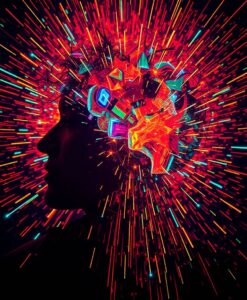The idea reshapes how we understand everyday social thinking. Simulation-driven mentalizing suggests the self acts as a ready-made toolkit for understanding others, yet that toolkit is flexible: the act of imagining another’s viewpoint can feed back and alter our own internal representations. Lab studies with adults show these effects vary with context, the similarity between people, and how deeply we engage in perspective taking.
This topic matters for learning, empathy, and inclusion because the same mechanisms that help us connect can also blur boundaries between self and other. Follow the link to see how subtle shifts in simulation change what we assume about others and ourselves, and how those shifts might expand or limit human potential in social situations.
Mental life is filled with thoughts about the social world and one’s place in it. Mentalizing, or ascribing mental content (e.g., preferences, beliefs, visuospatial perspectives) to others and oneself, often requires considering self-representations and target representations in relation to each other. We propose a model of mentalizing wherein simulation, which, minimally, involves activating a self-representation, facilitates two phenomena: projection (using self-representations to construct target representations) is an inherent element of simulation-driven mentalizing, and introjection (using target representations to shift self-representations) arises incidentally from simulating another’s mind. We review evidence primarily from adults supporting this model, identify theoretically-relevant factors that amplify and attenuate projection and introjection, and discuss implications for questions of longstanding interest in cognitive science (e.g., Is the self special?).

